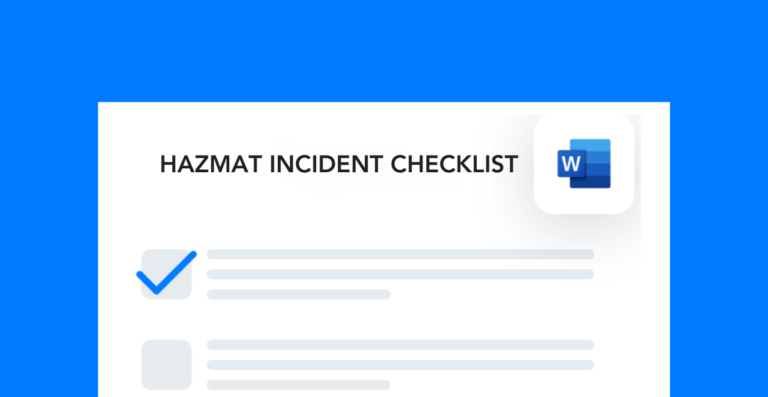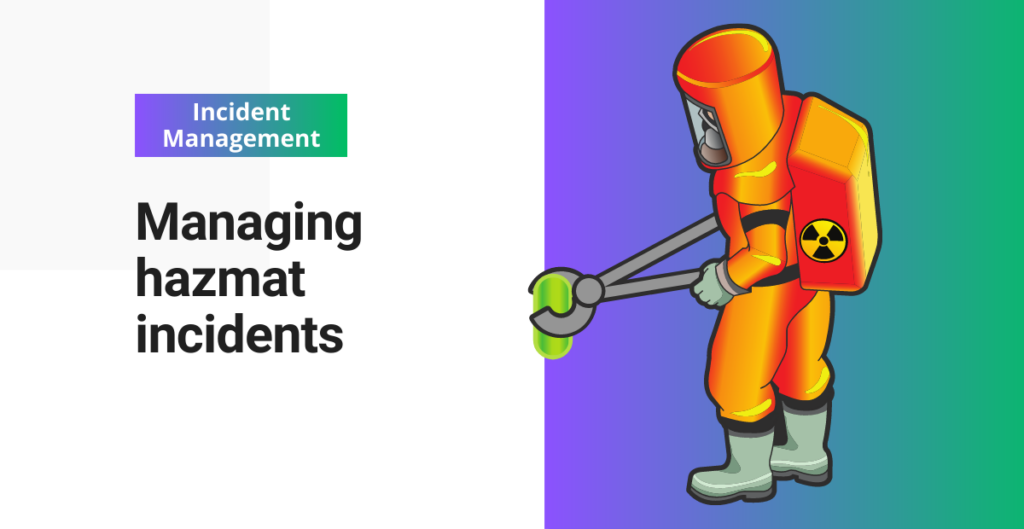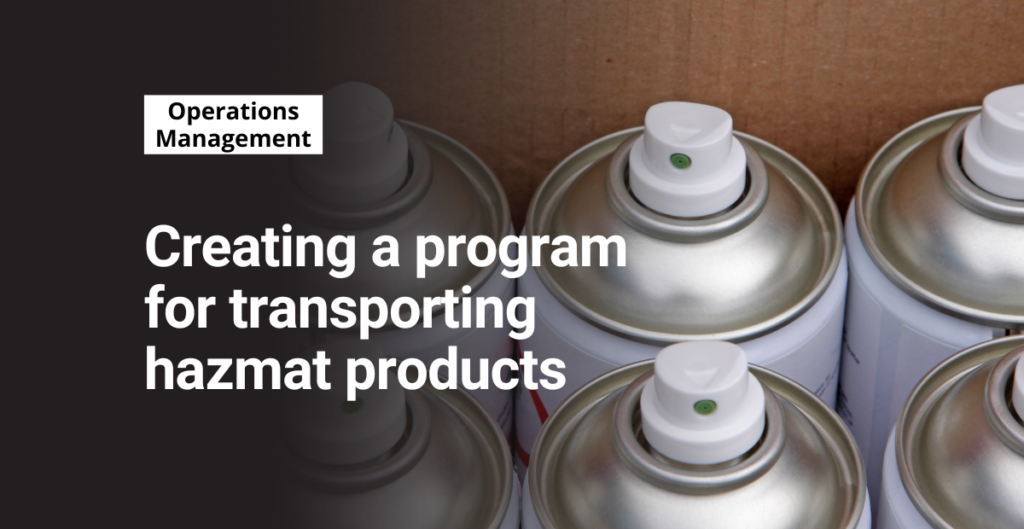Responding to hazmat incidents is a difficult task that sets seasoned safety professionals apart from the rest. Unlike standard safety issues, hazmat incidents introduce a lot of unique variables that require careful consideration. In this article, we’ll delve into these distinctive variables, drawing insights from regulations, real-world examples, and expert perspectives on what it takes to effectively manage hazmat incidents.
Identification and classification of HazMat
When responding to hazmat incidents, the first variable is to accurately identify and classify the materials. Unlike standard safety issues involving well-known hazards, hazmat incidents exposure us to a vast array of substances, with much higher risks and consequences. To address this variable effectively, safety professionals must be well-versed in regulatory frameworks such as the Hazardous Materials Identification System (HMIS) (refer to OSHA’s Hazard Communication standard) and the Emergency Response Guidebook (ERG) issued by the U.S. Department of Transportation (DOT). The 2013 Lac-Mégantic rail disaster in Quebec, Canada, highlights the importance of proper classification. In this tragic incident, a misclassified shipment of crude oil led to a catastrophic explosion and fire, resulting in casualties.
Free form!
Use this template as a quick guide for the major actions you should take to handle hazmat incidents.
Responding to hazmat incidents: Health and safety considerations
Protecting the health and safety of responders and the public is paramount during hazmat incidents. Therefore, responding to hazmat incidents quickly is important. Unlike standard safety issues, hazmat incidents often involve unseen dangers that necessitate meticulous precaution. The utilization of personal protective equipment (PPE) is non-negotiable, and safety protocols must be strictly followed to minimize exposure risks. OSHA’s Hazardous Waste Operations and Emergency Response Standard (HAZWOPER) provides comprehensive guidelines for worker protection during hazmat incidents.
Evacuation and shelter-in-place
Incidents regarding hazardous materials may require mass evacuations or shelter-in-place orders. These decisions must be made judiciously and executed with precision, considering factors like the nature of the hazardous materials involved, wind direction, and affected population. Unlike standard safety issues, hazmat incidents can affect a wide area and require well-thought-out evacuation plans. The 2005 Graniteville chlorine spill in South Carolina from a derailed train led to the death of nine people, showcasing the importance of timely and effective evacuations.
Environmental impact
Hazmat incidents often have a profound environmental impact. Chemical spills, leaks, or releases can contaminate soil, water, and air, posing long-term ecological risks. Effectively responding to hazmat incidents requires compliance with environmental regulations and immediate measures to contain and remediate contamination. The EPA provides guidance on environmental response to hazardous substance releases, including the National Contingency Plan (NCP).
HazMat transportation
Transportation incidents involving hazardous materials bring their own set of challenges. Unlike fixed facilities, hazmat transportation incidents can occur anywhere along the supply chain. Safety professionals must be well-versed in DOT regulations for labeling, placarding, and securing hazardous cargo, as well as in the management of transportation-related incidents. The DOT’s Pipeline and Hazardous Materials Safety Administration (PHMSA) oversees regulations for the safe transportation of hazardous materials.
Chemical incompatibility
Hazmat incidents frequently involve the unintended mixing of incompatible chemicals, surprising responders with unexpected combinations and hazardous reactions. An experienced safety professional should fully understand chemical incompatibility to assess potential risks accurately. The Bhopal gas tragedy in India in 1984 resulted from the release of a deadly gas due to a combination of incompatible chemicals.
Emergency response plans and coordination
Crafting and implementing effective emergency response plans are critical in hazmat incidents. They demand specific plans tailored to the type and quantity of hazardous material involved. These plans must include containment, mitigation, evacuation, and communication strategies. The Chemical Facility Anti-Terrorism Standards (CFATS) program by the Department of Homeland Security (DHS) outlines requirements for security and emergency response planning at high-risk chemical facilities.
They often require coordinating with various agencies and stakeholders, including fire departments, law enforcement, environmental agencies, and hazmat response teams. They can span across multiple jurisdictions. Collaboration and communication among these agencies are extremely critical. The National Response Framework (NRF) outlines the roles and responsibilities of different agencies and organizations when responding to emergencies, including hazmat incidents.
Specialized equipment and resources when responding to hazmat incidents
Hazmat incidents necessitate access to specialized equipment and resources not typically required for standard safety issues. This includes PPE, air monitoring devices, decontamination units, and specialized vehicles. Ensuring that these resources are readily available and well-maintained is essential for an effective response. The 2010 Deepwater Horizon oil spill in the Gulf of Mexico demonstrates the need for specialized equipment and expertise in managing incidents of this scale.
Responding to hazmat incidents: Public relations and communication
Public relations and communication become very important during these types of incidents. Managing public perceptions, addressing concerns, and providing accurate and timely information are very important for maintaining trust and minimizing panic. The Fukushima Daiichi nuclear disaster in Japan in 2011 highlighted the significance of effective public communication and the potential consequences of inadequate information sharing.
In conclusion, responding to hazmat incidents is a challenge that requires a unique set of skills, knowledge, and considerations. They are complex and demand vigilance, training, and preparedness. By recognizing and accounting for these variables, safety professionals can contribute to safer outcomes and better protect both responders and the public when hazmat incidents occur. Remember, in the realm of hazmat incidents, expertise and preparedness are your strongest allies, ensuring a safer, more secure environment for all.





